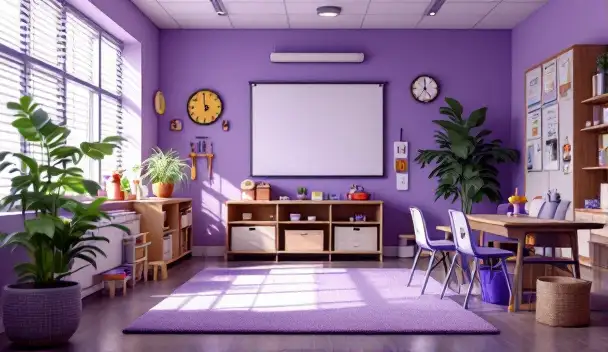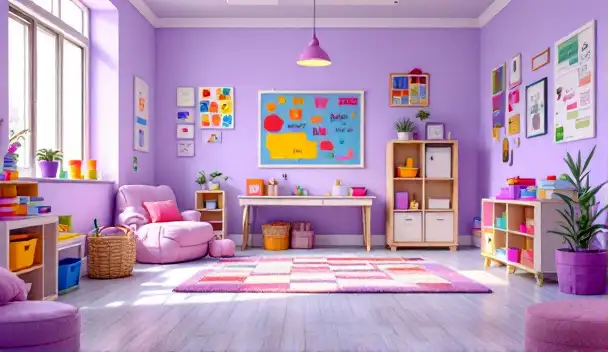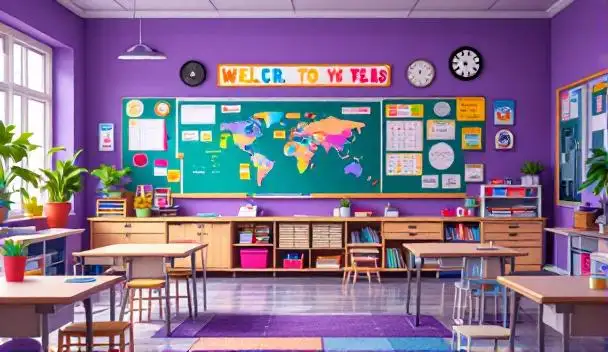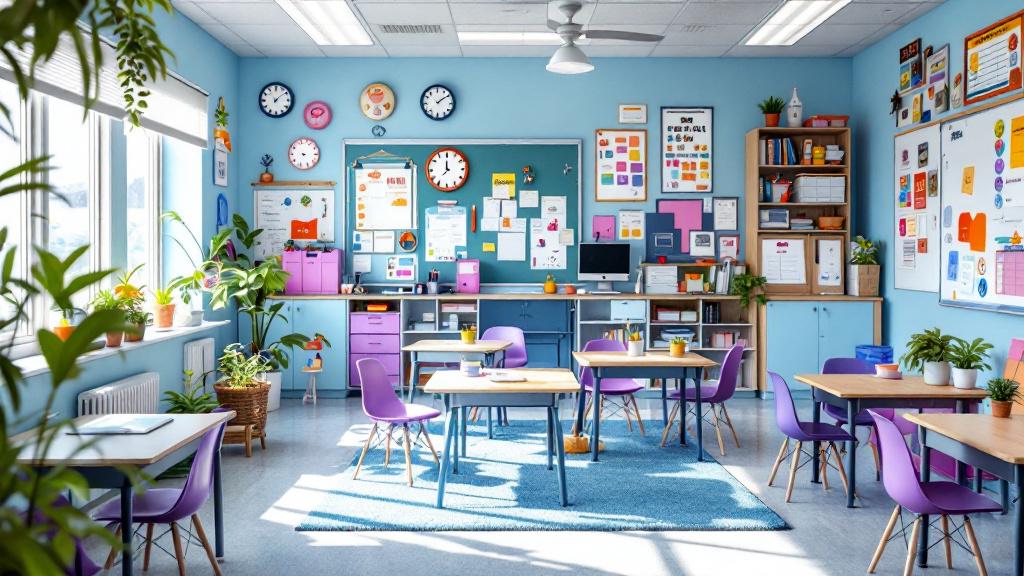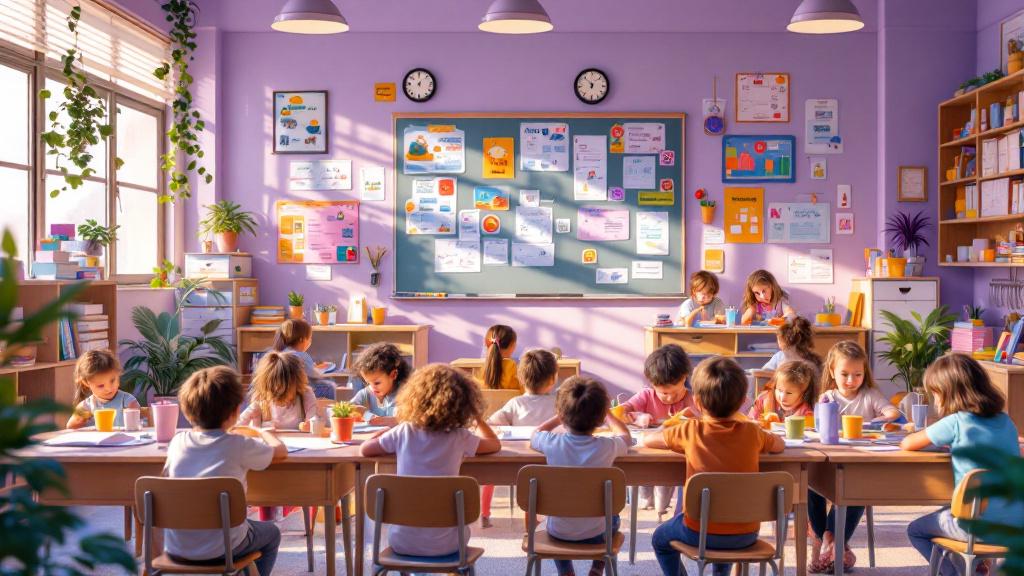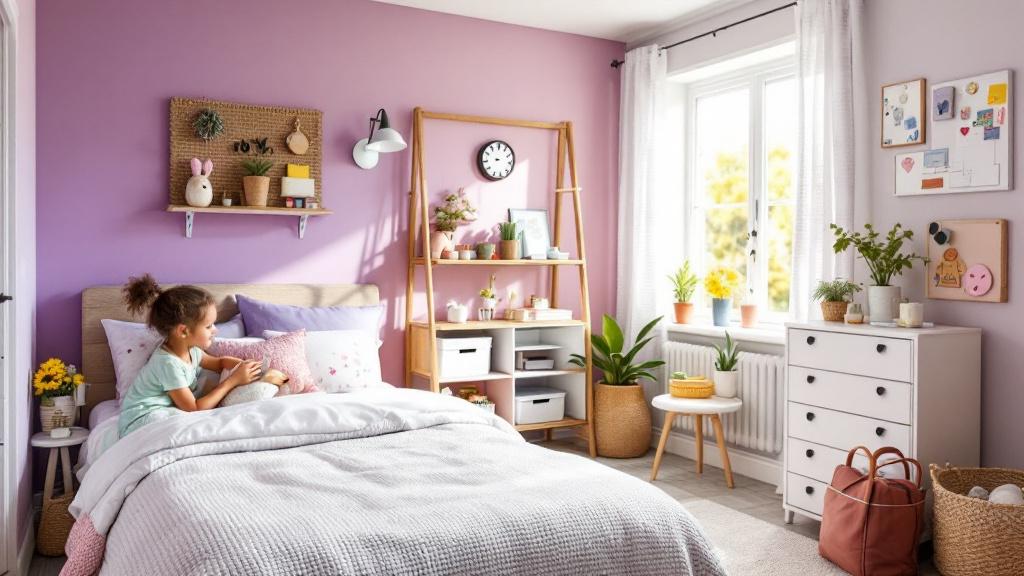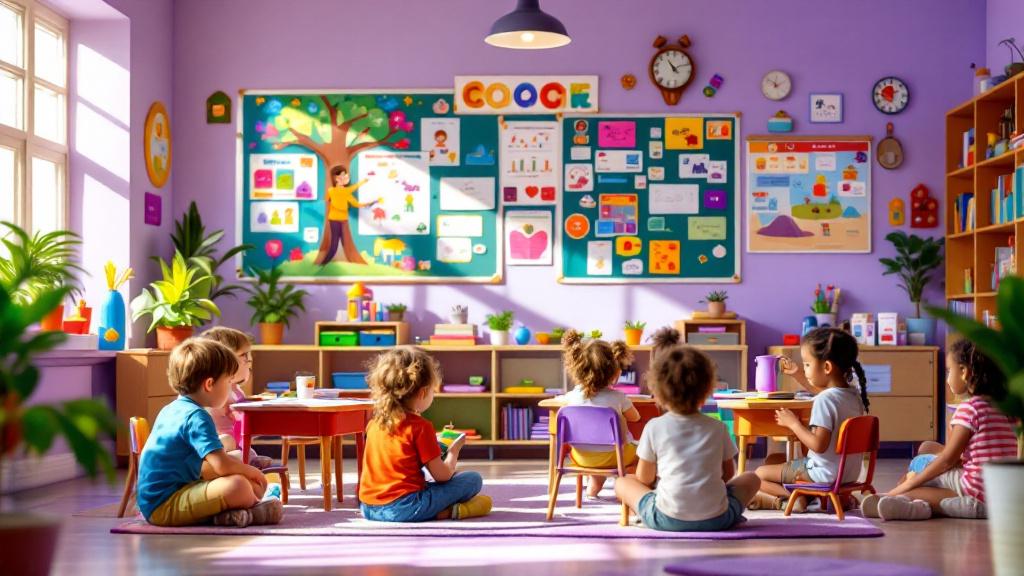Unlocking Independence in Play and Leisure with ABA Therapy
ABA therapy has emerged as a cornerstone in supporting children with autism in developing essential life skills, notably enhancing their ability to engage independently in play and leisure activities. By combining evidence-based techniques, structured routines, and family involvement, ABA therapy fosters confidence, social engagement, and functional skills that translate into real-world independence. This article explores how ABA encourages autonomous participation in play and leisure, ensuring children can enjoy meaningful, stress-free, and socially engaging activities.
Foundations of Independence in Play and Leisure

Why are play and leisure activities important for children's development?
Play is fundamental to childhood. It encourages creativity, thinking skills, emotional health, and social relationships. Through various types of play—such as pretend, physical, or constructive—children develop cognitive abilities like problem-solving, spatial awareness, and logical reasoning.
Play also nurtures emotional growth by helping children explore feelings and learn empathy. Social skills like sharing, turn-taking, and cooperating are promoted when children engage in group or organized activities. These experiences foster confidence, independence, and resilience.
Moreover, play supports language development by encouraging narration, imitation, and interaction. It also promotes physical health through activities that enhance coordination, strength, and fine motor skills.
How do stages of play support child development?
Children pass through several play stages, each building on the previous one:
| Play Stage | Description | Developmental Benefits | Examples |
|---|---|---|---|
| Solitary Play | Playing alone, focused on personal interests | Builds individual skills and focus | Playing with toys alone |
| Parallel Play | Playing next to peers without direct interaction | Developing social awareness | Drawing beside other children |
| Cooperative Play | Engaging actively with peers, sharing, and collaborating | Enhances social and emotional skills | Organizing games, role-playing |
Progressing through these stages strengthens problem-solving, communication, and social understanding.
What barriers do autistic children face in independent play?
Children with autism often encounter challenges such as sensory sensitivities, difficulty understanding social cues, or limited interest in typical play activities. These barriers can hinder their ability to initiate or sustain independent play.
They might also struggle with transitioning between activities or understanding how to explore toys and environment freely. Without guidance, frustrations can increase, reducing motivation and confidence.
To support overcoming these barriers, therapists and caregivers observe children’s interests, tailor activities accordingly, and gradually build skills through structured play, visual supports, and encouragement.
How does ABA therapy foster independence in play and leisure?
ABA therapy enhances independence by teaching children to engage in play and leisure activities confidently and appropriately. It employs reinforcement techniques to encourage behaviors like sharing, taking turns, and exploring new interests.
Through structured interventions, children improve communication skills, such as requesting items or understanding social cues, which are essential for independent play.
Furthermore, ABA supports the development of self-regulation and emotional resilience, helping children approach leisure activities with calmness and adaptability. Family involvement and addressing skill generalization in various environments ensure that these abilities are maintained beyond therapy sessions.
By integrating these strategies, ABA makes play a natural, motivating platform for children to learn and practice essential life skills, fostering greater independence and joy in leisure pursuits.
Techniques Driving Autonomous Play and Leisure Skills
 What techniques are used in ABA therapy to encourage autonomous play?
What techniques are used in ABA therapy to encourage autonomous play?
ABA therapy employs a variety of strategies to foster independence and self-directed play. Positive reinforcement is central, rewarding children for initiating and sustaining play activities, which motivates continued engagement. Modeling allows children to observe and imitate appropriate play behaviors, promoting skill acquisition. Task analysis breaks down complex play activities into manageable steps, making them easier for children to learn and perform independently.
Natural Environment Teaching (NET) is a significant approach that integrates learning within typical settings like the home or playground. This method encourages children to apply new skills in real-world contexts, which enhances generalization and confidence. Child-led learning is emphasized through techniques such as the Early Start Denver Model (ESDM) and Naturalistic Developmental Behavioral Interventions (NDBI). These approaches prioritize children’s interests and choices, making play activities more motivating and relevant.
Prompting and shaping are used to guide children towards desired behaviors gently, providing just enough support to succeed and gradually fading assistance as competence increases. Differential reinforcement rewards specific behaviors, such as initiating or completing a play activity independently, reinforcing the child's progress toward autonomy.
Creating sensory-friendly environments also plays a role. By reducing sensory overload, children are more comfortable and willing to explore play without distress. Functional communication training teaches children to express their needs effectively, further supporting autonomous engagement.
Overall, ABA combines structured support with natural, child-driven activities to nurture independence in play. These techniques help children develop lasting skills that extend beyond therapy sessions into everyday life, fostering more confident and autonomous learners.
Benefits of ABA in Fostering Leisure Independence
 ABA therapy plays a vital role in helping children with autism develop independence in leisure activities. It focuses on teaching practical skills such as planning, initiating, and completing various leisure tasks. These skills enable children to engage more confidently and joyfully in activities like playing games, participating in sports, or pursuing hobbies.
ABA therapy plays a vital role in helping children with autism develop independence in leisure activities. It focuses on teaching practical skills such as planning, initiating, and completing various leisure tasks. These skills enable children to engage more confidently and joyfully in activities like playing games, participating in sports, or pursuing hobbies.
One of the strengths of ABA is its emphasis on improving communication and social skills. Through structured activities and reinforcement strategies, children learn to interact more effectively with peers, express preferences, and understand social cues during leisure time. This not only makes activities more enjoyable but also supports their social integration.
Another important aspect is the generalization of skills across different environments and situations. ABA therapists and parents work together to practice skills in various settings—whether at home, in the park, or during community outings—so children can apply what they learn to broader contexts.
Moreover, ABA helps boost motivation by making leisure activities engaging and rewarding. Using positive reinforcement, children are encouraged to participate actively and persist in different tasks. This approach reduces problematic behaviors that might interfere with leisure, such as frustration or avoidance.
Overall, ABA promotes self-management by teaching children how to regulate their activities, initiate tasks independently, and adapt skills across diverse situations. The result is increased autonomy, better quality of life, and a stronger sense of confidence. By fostering these capabilities, ABA supports children in enjoying their leisure time as a source of relaxation, joy, and social connection.
Implementing ABA Strategies at Home for Independent Play

How can ABA strategies be implemented at home to foster independent play?
To help children with autism develop independence in play, parents and caregivers can follow several practical ABA-based methods. First, reinforcing positive behaviors during play is essential. Using praise, stickers, or extra playtime as rewards encourages children to engage more confidently and independently.
Creating a structured routine and organizing the environment with suitable toys and materials aligned with the child's interests helps motivate exploration and sustained engagement. Clear cues and consistent schedules make it easier for children to understand what is expected, fostering a sense of stability.
Modeling and role-playing are effective techniques. Demonstrating how to start a game, share toys, or take turns provides visual and behavioral examples for children. Pairing this with prompting—giving hints or cues—then gradually fading assistance helps the child learn to perform tasks independently.
Utilizing natural environments, such as everyday household activities or outdoor settings, encourages functional and spontaneous play. For example, encouraging a child to help set the table or sort laundry integrates learning into daily routines.
Family collaboration is crucial. Training family members on ABA strategies ensures consistency across settings, which promotes skill generalization. Regular practice, alongside ongoing support from ABA therapists, helps reinforce these strategies and ensures sustained progress.
Incorporating visual supports like picture schedules, first-then boards, and social stories further clarify routines and expectations, making independent play more accessible.
Overall, applying reinforcement, structured routines, modeling, prompting, and natural environment teaching at home creates a supportive environment where children can build confidence and develop their independence in play activities.
Role of Reinforcement and Behavior Understanding in Play Independence
What is the role of reinforcement and behavior understanding in promoting independence in leisure activities?
Positive reinforcement is fundamental for encouraging children with autism to develop independence in play and leisure activities. By consistently rewarding desirable behaviors, such as sharing, taking turns, or trying new activities, children learn to repeat these behaviors voluntarily. Visual supports and clear task analysis help children understand what is expected, making it easier for them to participate actively.
Understanding each child's unique behavior patterns enables therapists and parents to tailor interventions effectively. This personalized approach ensures that challenges are addressed appropriately, and that reinforcement strategies align with the child's individual motivation and interests.
Environmental factors also play a significant role. Creating engaging, stimulating, and distraction-free spaces helps children focus and enjoy their leisure activities. For example, integrating sensory-friendly materials or accessible play sets can boost motivation and confidence.
In summary, reinforcement and behavioral insights foster a sense of achievement and independence. They help children develop skills to participate in activities like playing independently, exploring new hobbies, or managing self-care routines. These strategies build competence, encourage self-sufficiency, and promote sustained engagement in leisure pursuits, ultimately supporting a more autonomous lifestyle.
Generalization of Play and Leisure Skills
How does ABA therapy support the generalization of play and leisure skills?
ABA therapy promotes the ability to transfer skills learned in structured settings to real-world environments where children naturally engage in play and leisure activities.
One of the main strategies used is Natural Environment Training (NET), which involves teaching skills through everyday activities and routines that children already enjoy or find meaningful. This method ensures that children can practice and internalize their skills in settings like the park, grocery store, or during family outings.
Additionally, visual supports such as picture schedules or social storybooks help children understand and anticipate routines related to play and social interactions, making it easier for them to apply these skills spontaneously.
Family involvement plays a critical role in this process. Parents are encouraged to reinforce skills at home by creating opportunities for play that mimic therapy sessions, using toys, games, and activities aligned with the child's interests.
Moreover, the integration of technology, including tablets and educational apps, provides engaging platforms for practicing skills anywhere, further supporting generalization.
Therapists frequently tailor activities to include realistic, fun, and spontaneous play scenarios, gradually encouraging children to use their skills across various environments.
Progress monitoring and collaboration with families ensure the strategies remain effective and responsive to the child's evolving needs. This comprehensive approach helps children develop functional, flexible, and meaningful play and leisure skills that last beyond therapy sessions.
| Technique | Application | Benefits |
|---|---|---|
| Natural Environment Training (NET) | Using everyday settings for teaching | Promotes spontaneous use of skills in real-life contexts |
| Visual Supports | Picture schedules, social stories | Enhances understanding and expectations |
| Family Involvement | Reinforcing skills at home | Increases practice opportunities |
| Technology Integration | Tablets, educational apps | Provides engaging, accessible practice |
By combining these approaches, ABA therapy ensures that children with autism can enjoy the benefits of play and leisure activities independently and confidently in all areas of their lives.
Practical ABA Activities for Promoting Independence
Establishing routines and using visual supports play a crucial role in fostering independence among children with autism. Creating structured daily routines with visual aids such as picture schedules or visual timers helps children understand what to expect and reduces anxiety. These tools empower children to choose activities confidently and transition smoothly between tasks.
Incorporating functional play activities tailored to each child's interests boosts motivation. For example, setting up play areas with clearly defined boundaries and organized play bins containing age-appropriate, mastered activities encourages children to engage independently. Including sensory activities like tactile bins or cause-and-effect toys can further motivate children to explore and play on their own.
Scaffolding techniques—such as prompting, modeling, and gradually reducing adult assistance—are essential for skill development. Repeated success, positive reinforcement, and clear instructions foster confidence, enabling children to perform tasks with minimal support. Teaching these skills through task analysis, breaking complex activities into manageable steps, helps children learn at their own pace.
Supporting skill development involves aligning activities with individual interests, offering sensory-rich experiences, and establishing routines that reinforce new behaviors. These strategies help children transition from dependent to independent play and participation in daily activities, promoting autonomy and laying the foundation for lifelong self-sufficiency.
For parents and caregivers, integrating these ABA strategies at home creates a consistent environment that encourages independence. By combining visual supports, interest-based activities, and reinforcement, children can develop essential skills and enjoy increased confidence in their ability to engage and play on their own.
Educational Insights and Research on ABA’s Impact in Play and Leisure
Research shows that ABA therapy plays a vital role in improving play and leisure skills among children with autism. Using evidence-based methods such as natural environment teaching, task analysis, and positive reinforcement, ABA helps children gain greater independence and social engagement during leisure activities.
One significant benefit of ABA in this area is its focus on developing skills like selecting appropriate activities, engaging in imaginative play, and managing leisure time. These activities foster not only happiness and relaxation but also provide opportunities for social interaction and building confidence.
Early interventions often include tailored plans that encourage family involvement, ensuring that children can generalize their play skills across various settings. These personalized strategies make the learning process more effective and meaningful.
Though more comprehensive studies are needed to fully assess how these improvements impact overall quality of life, current research highlights ABA’s positive influence on fostering meaningful and enjoyable play experiences. These skills support children’s social development, help establish healthy routines, and serve as coping mechanisms for managing stress or anxiety.
Summing up, the evidence underscores ABA’s importance as a versatile approach that enhances leisure and play capabilities, ultimately contributing to broader developmental growth and well-being for children with autism.
Promoting lifelong skills through structured support
ABA therapy's tailored strategies, reinforcement techniques, and focus on skill generalization significantly foster children’s independence in play and leisure. By empowering children to initiate, participate, and sustain enjoyable activities, ABA not only enhances their immediate quality of life but also supports lifelong social and emotional development. Encouraging family involvement and creating sensory-friendly, structured environments are key to ensuring these skills endure across different settings and throughout life. The cumulative efforts in ABA enable children with autism to experience joyful, autonomous, and socially integrated leisure activities, laying the foundation for ongoing growth, confidence, and fulfillment.
References
- 7 Ways Families Can Reinforce ABA Therapy at Home
- 7 Surprising Benefits of ABA Therapy for Kids You Need to Know
- Play therapy in children with autism: Its role, implications, and ...
- The Power of Play in Child Development: Why It Matters for Every ...
- What to Expect in ABA Therapy: Activities That Help Kids Thrive
- ABA Therapy Activities for Kids: What They Do
- What Activities Are Done in ABA Therapy?
- 5 At-Home ABA Activities That Encourage Independence





































